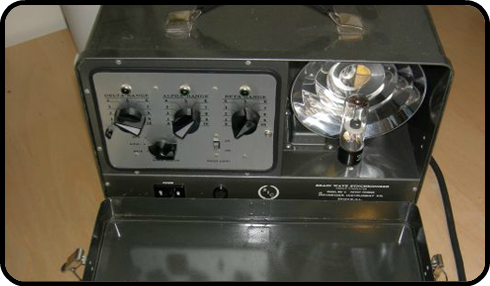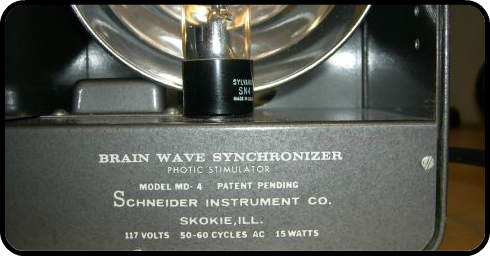







Sources
History
Physiology
Research
Overview
Treatment
Clinical reports of flicker stimulation appear as far back as the beginning of the 20th century. Pierre Janet, at the Salpêtrière Hospital in France, reported that by having his patients gaze into the flickering light produced from a spinning, spoked wheel in front of a kerosene lantern, they showed a reduction in their anxiety and hysteria. With the development of the EEG, Adrian and Matthews published their results showing that the alpha rhythm could be driven above and below the natural frequency with photic stimulation. This discovery prompted several small physiological outcome studies on the "flicker-following response," the brain's electrical response to repetitive stimulation. As EEG equipment improved, so did a renewed interest in the brain's evoked response to photic and auditory entrainment and soon, a variety of studies were completed.
In 1956, W. Gray Walter published the first results on thousands of test subjects comparing flicker stimulation with the emotional feelings it produced. Test subjects reported all types of visual illusions and in particular, the "whirling spiral" which was significant with alpha production. In the late 1950s, as a result of Kroger's observations as to why US military radar operators often drifted into trance, Kroger teamed up with Sidney Schneider of the Schneider Instrument Company. They produced the world's first electronic clinical photic stimulator - the Schneider Brain Wave Synchronizer. It had powerful hypnotic qualities and soon studies on hypnotic induction were published A variety of companies developing light and sound devices have been established since this time.
History

